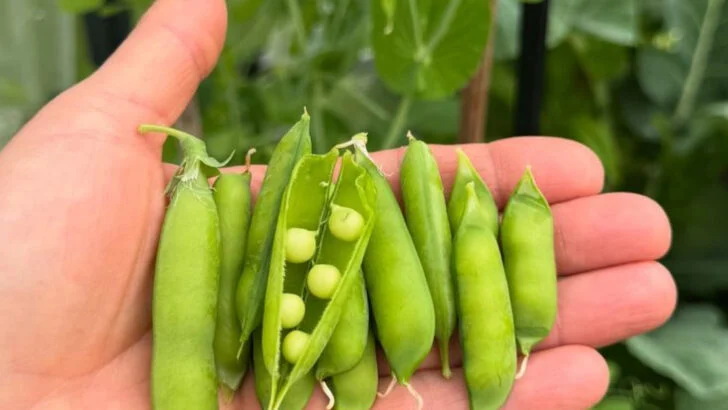Even experienced gardeners can fall into the trap of doing things “the way they’ve always been done.” But what if your vegetables aren’t thriving because you’re unknowingly planting them all wrong? From planting too deep to choosing the wrong spot or even pairing them with the wrong neighbors, small mistakes can lead to disappointing harvests—no matter how much effort you put in.
The truth is, many popular veggies come with surprising quirks. Some need more root space than you think. Others hate being transplanted or demand specific watering routines right from the start. And a few are downright picky about sunlight, soil, or timing. Fixing these tiny missteps can make the difference between stunted growth and an explosion of healthy, flavorful crops.
In this list, you’ll find 15 vegetables that almost everyone grows wrong at first—and exactly what to do instead. Whether you’re growing in containers, raised beds, or a backyard garden, these simple tips will help you level up your harvest fast. Ready to rethink your planting habits? Your best garden yet might be one adjustment away.
Tomatoes
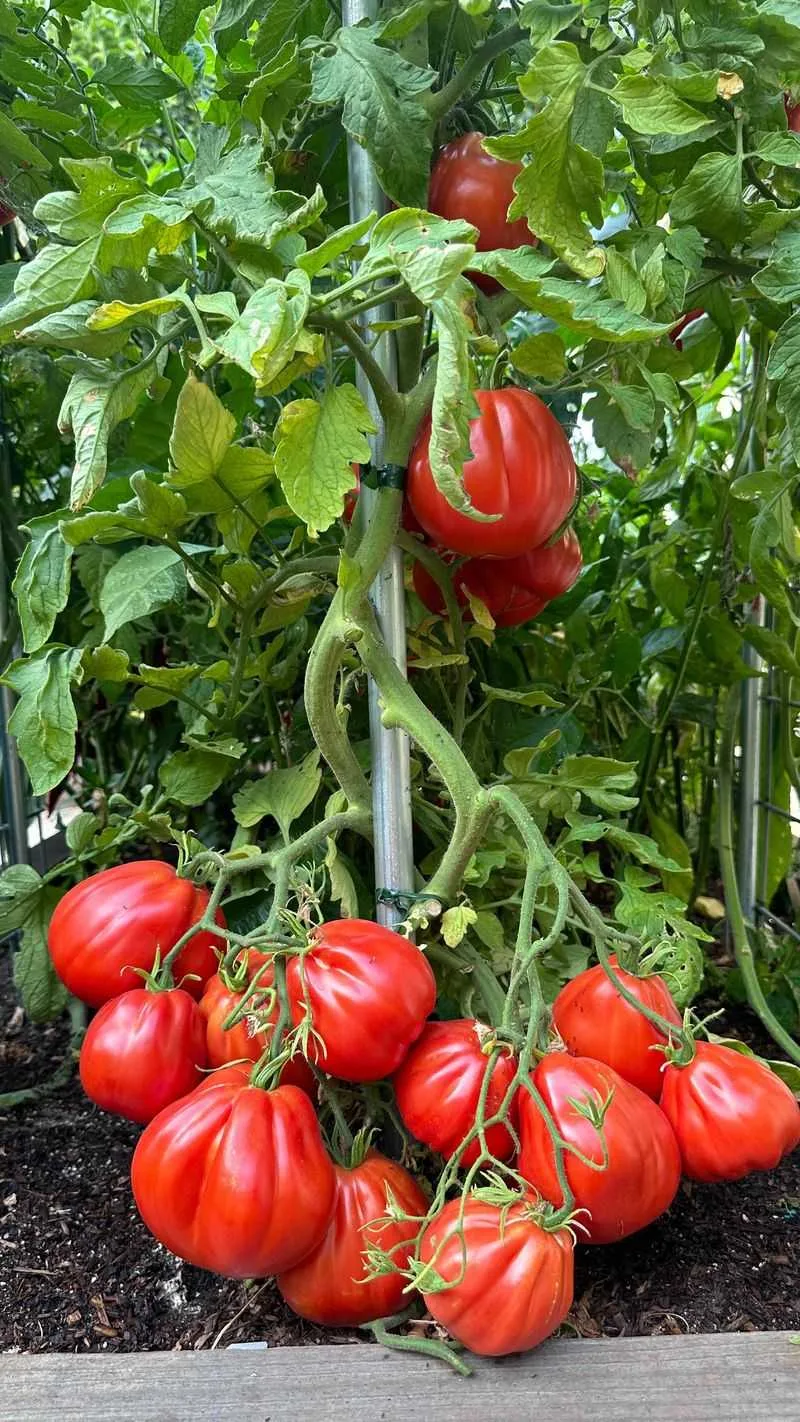
Tomato plants may be the pride of your garden, yet staking them incorrectly could spell disaster. Rather than using flimsy supports, opt for sturdy stakes or cages that can cradle their upward growth.
Many gardeners plant tomatoes too deep or shallow, affecting nutrient absorption. Proper planting at the right depth encourages healthy roots and robust growth. Avoid cramming them together; give each plant space to thrive.
Known for sprawling, tomatoes need room to breathe. Planting them wisely ensures better air circulation and reduces disease risks.
Carrots

Carrots can be a puzzle, especially when planted in compact, rocky soil. Such conditions lead to malformed roots instead of the straight, elegant carrots most desire.
Spacing is key to success. Overcrowding can result in twisted vegetables that struggle for room. Correct spacing ensures each carrot has the chance to grow uninterrupted.
Remember to thin seedlings early on. This simple act prevents stunted growth and fosters a plentiful harvest of well-formed carrots.
Lettuce

Lettuce may seem easy to grow, but common pitfalls can affect your salad bowl. Planting them too close together leads to competition for nutrients and stunted growth.
Loose, well-drained soil is vital for a thriving lettuce bed. Ensuring proper aeration keeps the leaves crisp and flavorful.
Consider planting in partial shade, especially in hot climates. This prevents bolting, where lettuce goes to seed prematurely, affecting taste and texture.
Peas
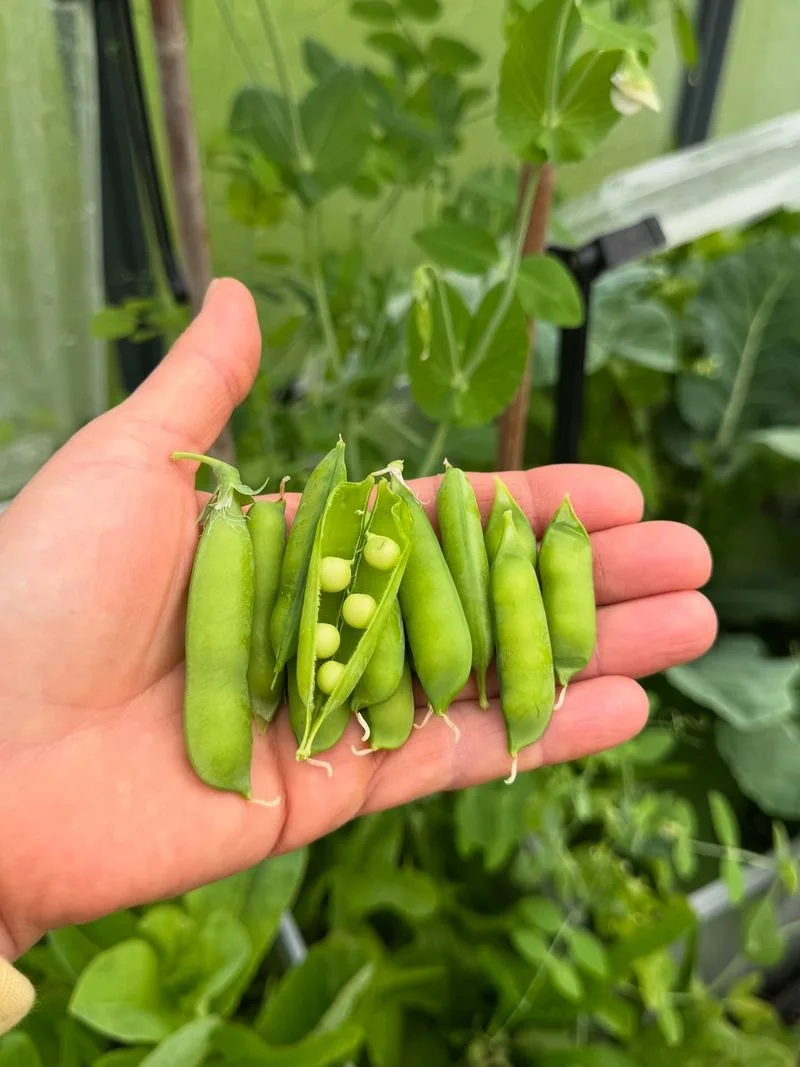
Peas are climbers at heart, and neglecting proper support can hinder their potential. Without something to cling to, vines become tangled, inhibiting growth.
Providing trellises or netting gives peas the vertical space they crave, improving both health and yield.
Enrich soil with compost before planting. Nutrient-rich bases are what peas need to flourish, offering sweet and tender pods post-harvest.
Onions

Onions may seem straightforward, yet the depth at which they’re planted can make all the difference. Too deep, and they struggle to make bulbs; too shallow, and stability becomes an issue.
A balance is essential, planting just beneath the surface for proper development.
Frequent watering is critical, but the soil must drain well to avoid rot. Proper care ensures onions develop into the flavorful bulbs you expect.
Cucumbers
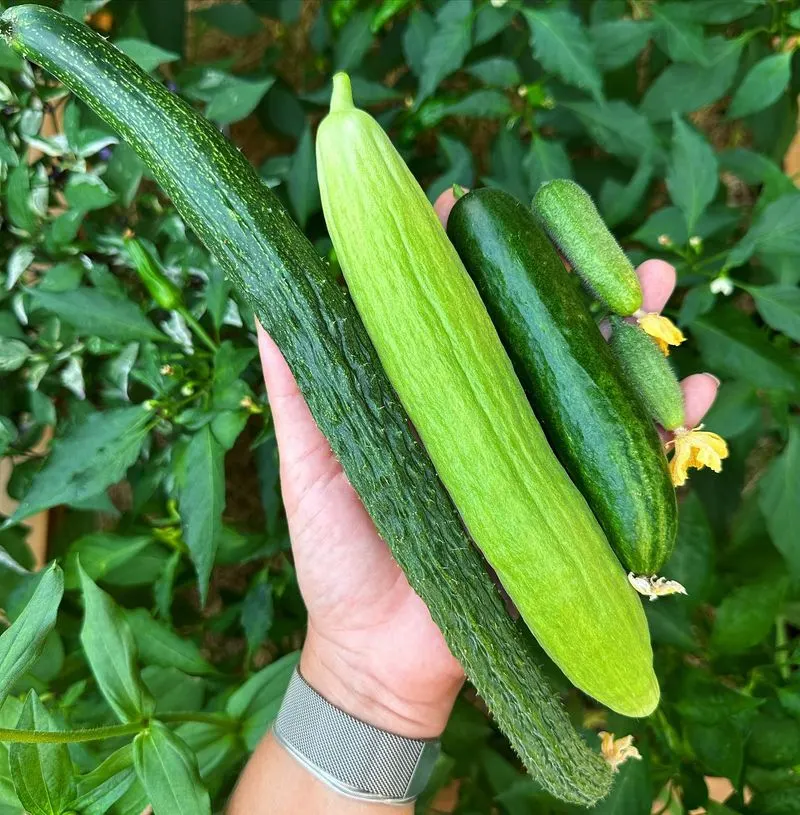
Cucumbers are notorious for their sprawling nature, and planting them without vertical support can limit their growth. Allowing them to climb reduces disease risk and promotes better air circulation.
Ample sunlight is crucial, as cucumbers crave warmth to flourish. Place them where they can bask in full sun most of the day.
Frequent watering, especially in the heat, keeps cucumbers crisp and productive. Hydration is a must for this thirsty vegetable.
Radishes
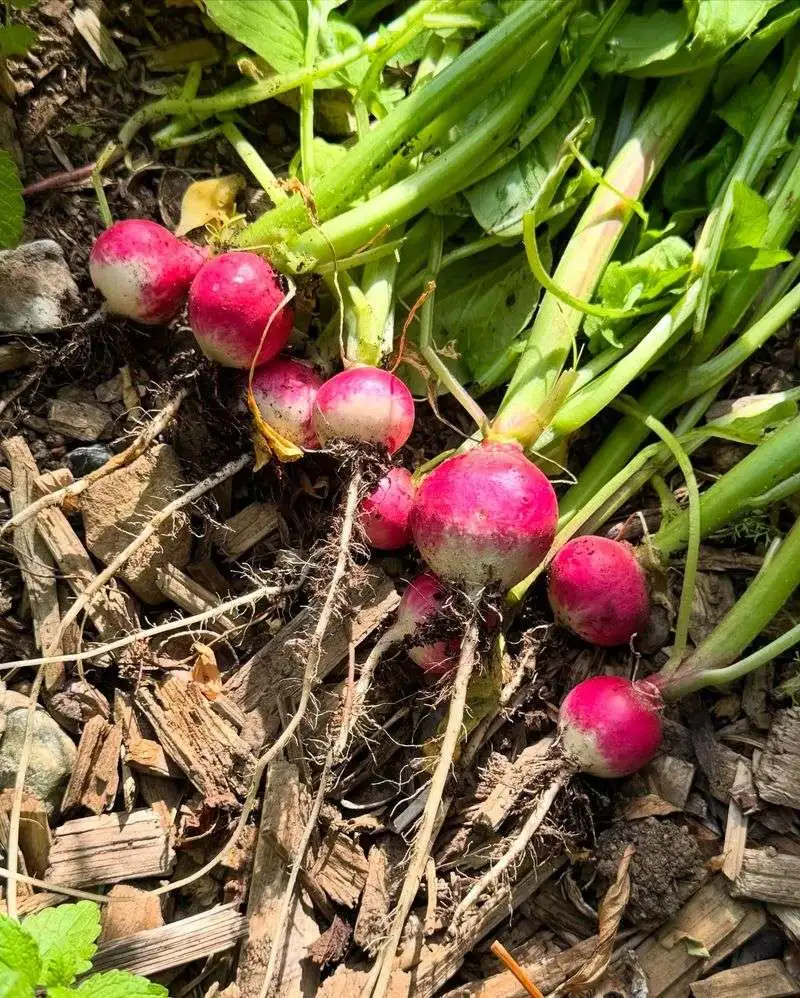
Radishes grow swiftly, but crowding them can lead to disappointing results. Each seedling needs space to expand without battling neighbors for room.
Incorrect planting depth can hinder root development, so ensure seeds are sown at the right level.
Regular thinning prevents overcrowding, allowing radishes to develop into crunchy, full-sized roots. Proper care yields vibrant, peppery produce ready for your table.
Beans

Beans might seem foolproof, yet planting in tight clusters can cause issues. Lack of airflow can lead to disease, particularly in humid climates.
Spacing is essential to allow for light penetration and growth. Giving each plant breathing room enhances yield and health.
Ensure the soil is rich in organic matter, as beans thrive in nutrient-dense environments, resulting in bountiful harvests you can enjoy.
Zucchini
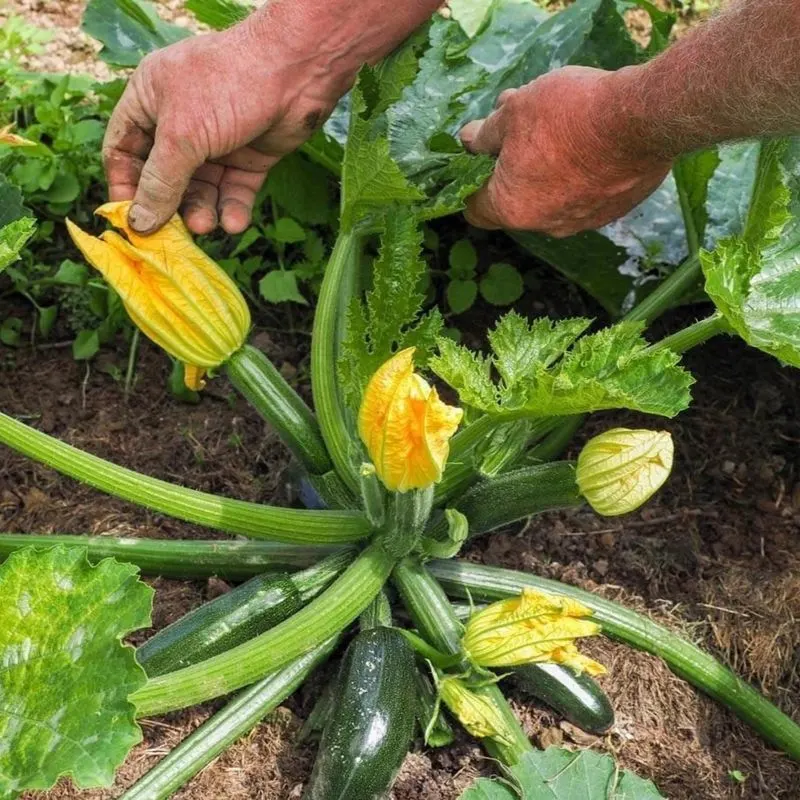
Zucchini can quickly become garden bullies if not given ample room. Planting them too close together invites powdery mildew and inhibits growth.
A sprawling plant by nature, zucchini needs space to stretch and prosper. Ensure each plant has enough room to expand.
Proper air circulation keeps foliage dry and healthy, minimizing disease risk. Nurturing zucchini wisely results in prolific yields.
Spinach
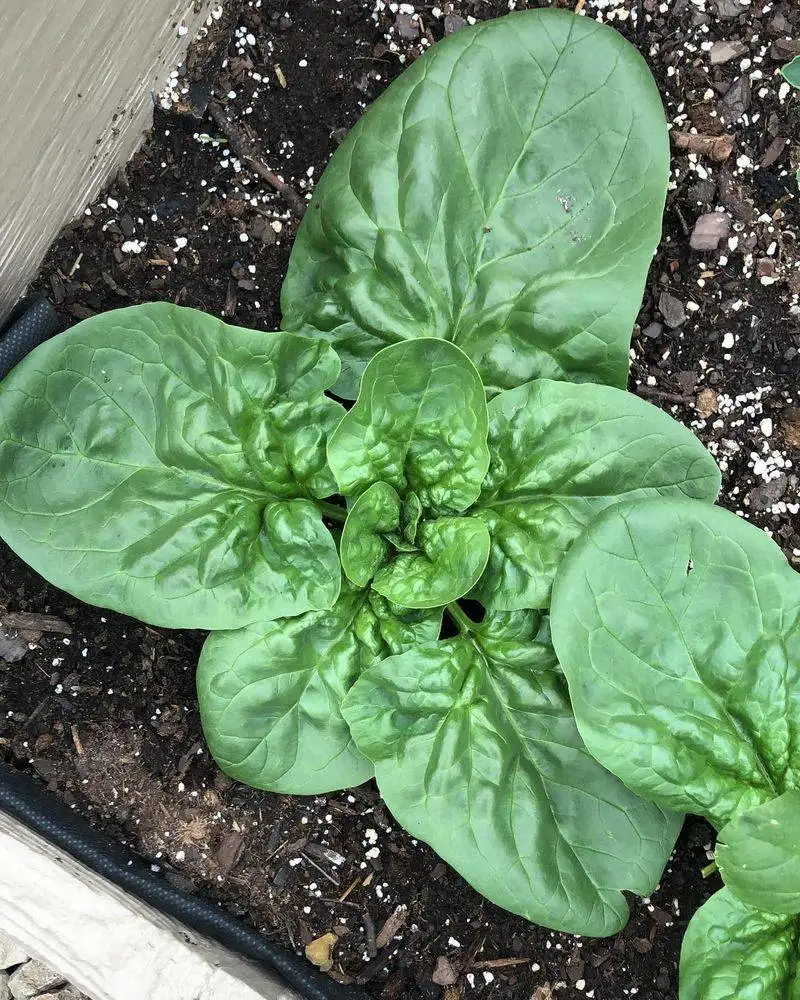
Spinach might be a leafy favorite, yet improper planting can lead to lackluster results. Overcrowding deprives plants of necessary nutrients and space.
Ensure well-drained soil that’s rich in organic matter for thriving growth. Proper drainage prevents root rot, a common enemy of spinach.
Strategic planting during cooler months avoids bolting, leading to tender, flavorful leaves in your harvest.
Pumpkins
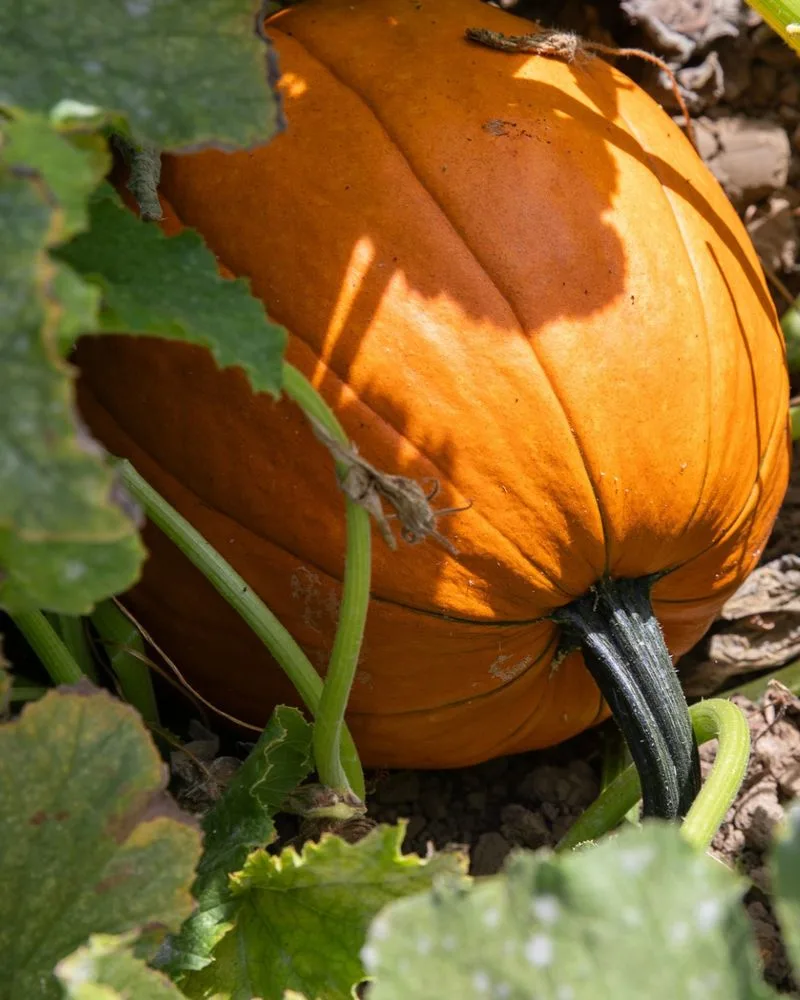
Pumpkins can be a garden spectacle, but their sprawling vines need room to wander. Plant them with too little space, and they compete for sunlight and nutrients.
Each pumpkin requires a patch to call its own, with ample area for vine expansion.
Regular watering and nutrient-rich soil are essential for robust growth, ensuring pumpkins mature into the hearty fruits that autumn celebrations demand.
Beets

Beets are a root vegetable treasure, but dense planting can hinder their development. Without room to expand, roots remain small and stunted.
Thinning seedlings early in their growth phase ensures each beet has enough space to thrive.
A well-aerated, loose soil composition fosters healthy root growth, promoting the vibrant, earthy beets that enhance any dish.
Broccoli

Broccoli demands attention to detail, particularly in spacing. Tightly packed plants lead to undersized heads and stressed stems.
Providing ample room for each plant ensures robust growth and full florets.
Nutrient-rich soil coupled with consistent watering aids in developing tasty, nutritious broccoli you’ll be proud to serve.
Cauliflower
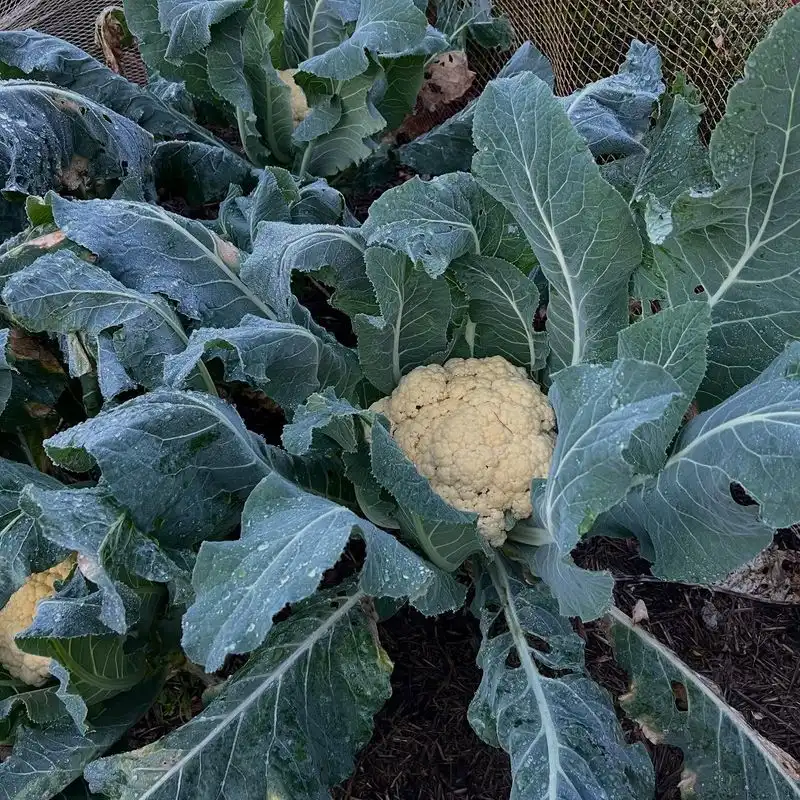
Cauliflower can be capricious, particularly if planted too closely. Lack of space results in compact heads and nutrient competition.
Providing each plant ample space ensures proper development and quality produce.
Consistent watering and fertile soil contribute to the formation of those signature white heads, ready to grace any culinary creation.
Peppers
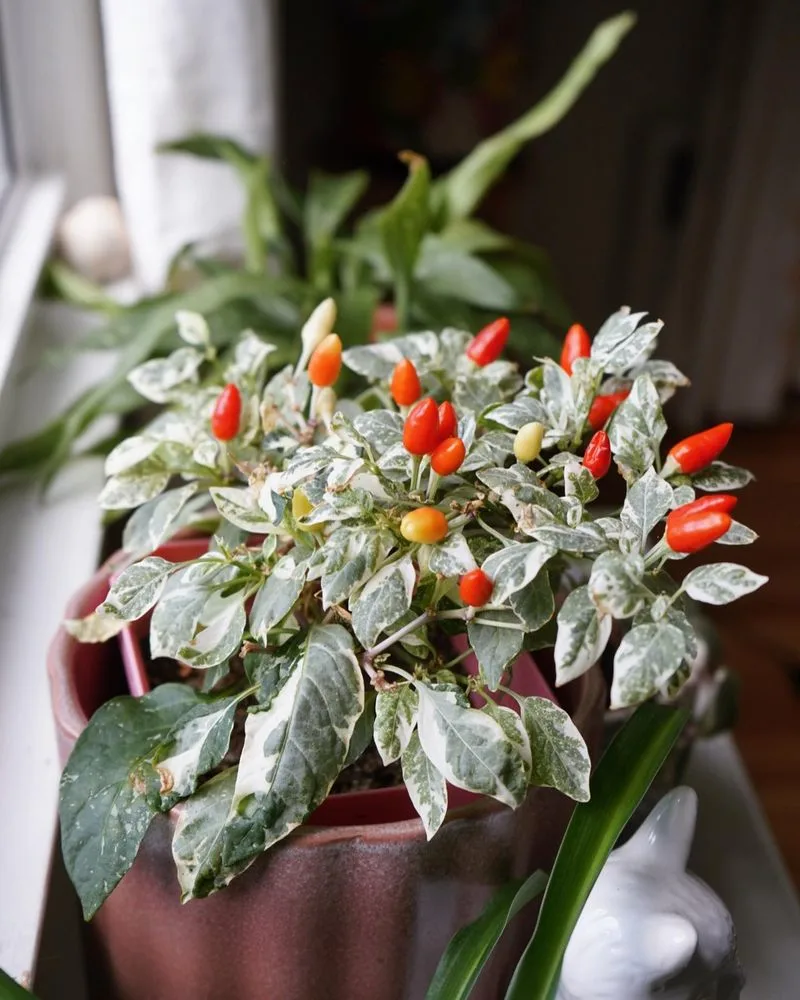
Peppers thrive in sunny spots but suffer when crowded. Dense planting can lead to smaller fruits and diminished flavor.
Ample spacing allows peppers to bask in the sun and grow freely. Real estate is key to a successful pepper patch.
Rich soil and regular watering ensure robust, sweet, or spicy peppers, ready to enhance your dishes with their unique flavors.

